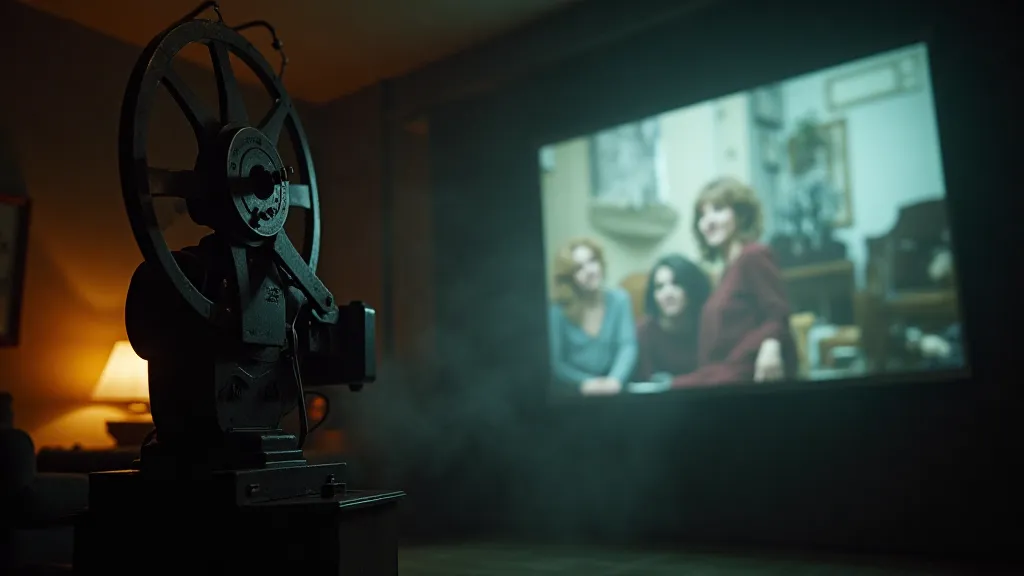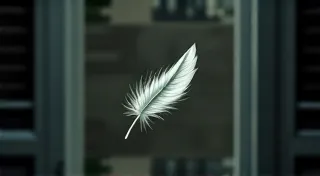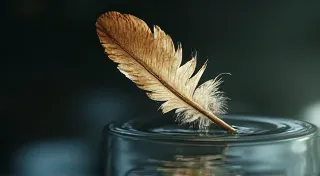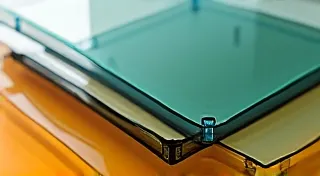Chromatic Ghosts: The Subliminal Storytelling of Damaged Film Stock
The scent of aged celluloid. The faint, ethereal glow of light passing through decades of accumulated dust. These aren't merely sensations; they’re portals. Portals to a time when photography wasn't a fleeting digital impression, but a deliberate act of alchemy, a delicate dance between light, lens, and chemistry. We often focus on *restoring* vintage viewfinders, cleaning lenses, and ensuring the mechanics operate flawlessly. But what if, in our pursuit of perfection, we risk erasing something vital – the very essence of the film's story? What if the scratches, the warping, the fading—the imperfections—aren't flaws at all, but a crucial language in themselves?
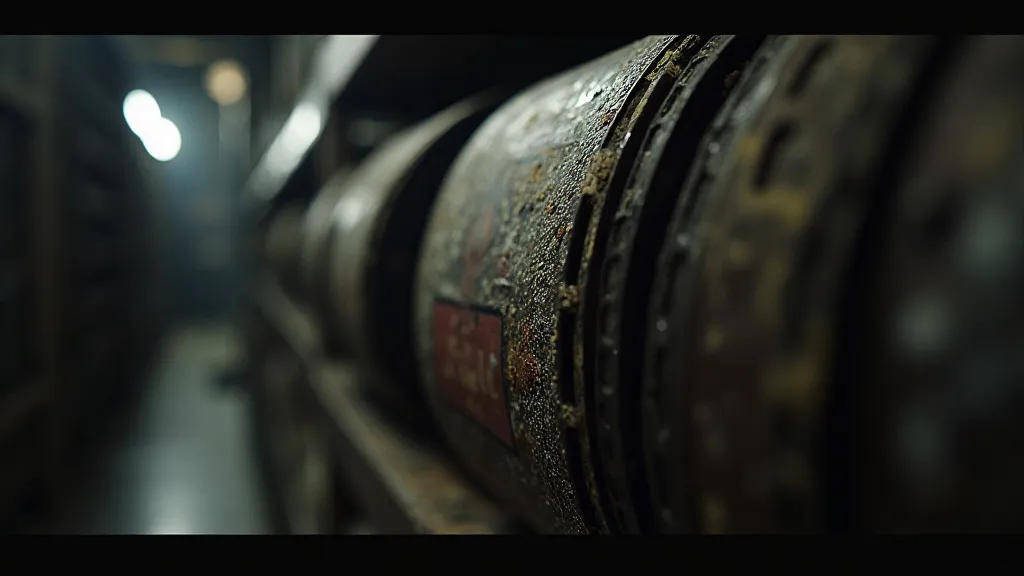
The Alchemy of Memory
My grandfather, a quiet man of few words, was a passionate amateur photographer. His cameras weren't the sleek digital devices we carry today; they were sturdy, mechanical beasts, often requiring meticulous winding and precise metering. He shot almost exclusively on film, documenting family vacations, local events, and the simple, everyday moments that knit a life together. After he passed, his collection of films languished in a dusty box in the attic, a forgotten repository of memories. When I finally unearthed them, many were damaged: warped from heat, scratched from careless handling, faded by the relentless march of time.
Initially, I felt a pang of regret. Here was a visual legacy, marred by neglect. I considered professional restoration, intending to erase the imperfections and reveal the ‘true’ image underneath. But something held me back. As I examined the damaged reels, I realized that the scratches weren’t just blemishes; they were like the cracks in a treasured antique vase. They spoke of a history, of a journey endured. They whispered stories of a past that wasn’s entirely perfect, a past shaped by the constraints of the technology, the passage of seasons, and the unpredictable nature of life itself.
The Narrative Power of Imperfection
Think about a perfectly restored photograph. Crisp, clean, and technically flawless. It’s pleasing to the eye, certainly, but does it possess the same emotional weight as an image bearing the scars of time? The scratches on a film reel can become visual metaphors for memory itself – fragmented, fleeting, and often distorted by the subjective nature of recollection. A faded image might evoke a sense of loss, a poignant reminder of what has vanished. A warped film strip can embody the disorientation and confusion that often accompany grief or trauma.
This isn’t a new concept. Artists and writers have long recognized the power of imperfection. Wabi-sabi, the Japanese aesthetic philosophy, finds beauty in transience and imperfection. Think of a Kintsugi bowl, repaired with gold, its cracks celebrated as part of its history. Similarly, the flaws in a damaged film stock can become integral to the storytelling process.
Consider how this translates to creative writing. A pristine narrative, perfectly structured and flawlessly executed, can feel sterile and predictable. The reader anticipates every plot twist, every emotional crescendo. But a narrative that mirrors the fragmented nature of damaged film—one that’s deliberately ambiguous, filled with ellipses and unresolved questions—can be far more compelling. It challenges the reader to actively participate in the creation of meaning, to fill in the gaps, to interpret the subtle clues embedded within the imperfections.
Craftsmanship and the Care of Vintage Viewfinders
Of course, preserving vintage cameras and film viewfinders is a crucial undertaking. These objects represent a remarkable feat of engineering and artistry. The precision of the mechanics, the quality of the lenses, the meticulous craftsmanship—all speak to a time when objects were built to last, designed with an eye for both function and beauty. We should absolutely take steps to protect these treasures, cleaning the lenses with specialized solutions, lubricating the gears, and storing the cameras in a climate-controlled environment. This is more than just preservation; it’s a form of respect.
But while restoring the *mechanical* functionality is paramount, we should be cautious about attempting to erase the film's inherent imperfections. A gentle cleaning of the film's surface to remove loose debris might be acceptable. But aggressive restoration, attempting to eliminate every scratch and fade, can strip away the film's unique character, its ability to evoke a powerful emotional response.
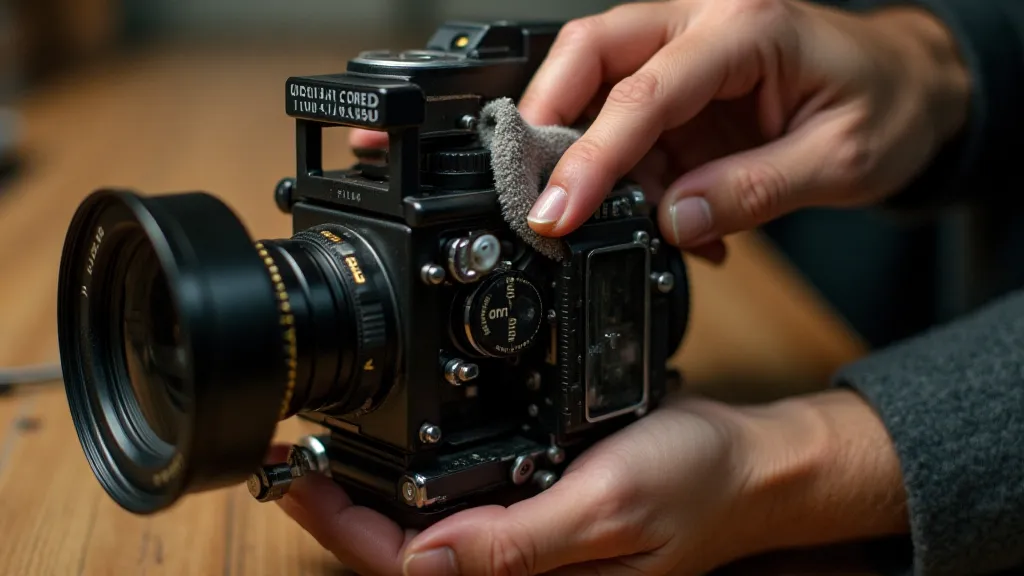
Emulating the Imperfections – A Writer’s Toolkit
So, how can a writer emulate the storytelling power of damaged film? Here are a few techniques:
- Fragmentation: Break the narrative into short, disjointed segments, mimicking the way a damaged film strip might jump and skip.
- Ambiguity: Leave questions unanswered, allowing the reader to interpret the events in their own way.
- Ellipsis: Use ellipses (...) to indicate omitted information or unspoken thoughts.
- Sensory Detail: Focus on the sights, sounds, smells, and textures that evoke a sense of decay and transience.
- Non-Linearity: Play with chronology, shifting between past, present, and future in a way that reflects the fragmented nature of memory.
The key is to use these techniques deliberately, not randomly. The imperfections should serve a purpose, enhancing the emotional impact of the story, not simply distracting from it.
Beyond Restoration: Appreciation
Ultimately, the goal isn's to perfectly restore vintage film or cameras, but to appreciate them—to understand their history, to recognize their artistry, and to acknowledge the stories they hold within them. The scratches, the warping, the fading—these aren't flaws; they’re marks of experience, testaments to a time when photography was a more deliberate and meaningful act. And sometimes, the most powerful stories are told not in perfect clarity, but in the subtle, evocative language of chromatic ghosts.
